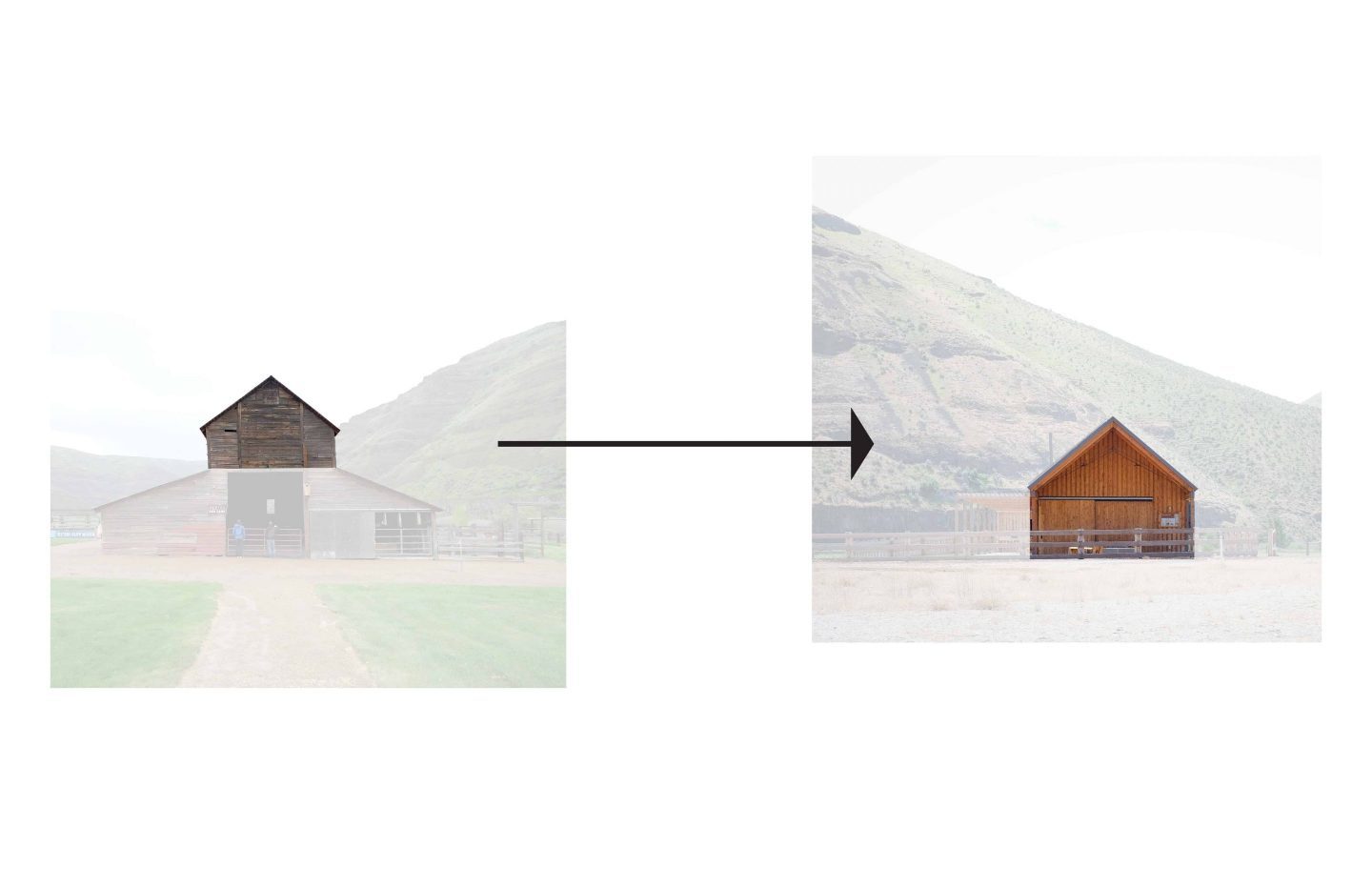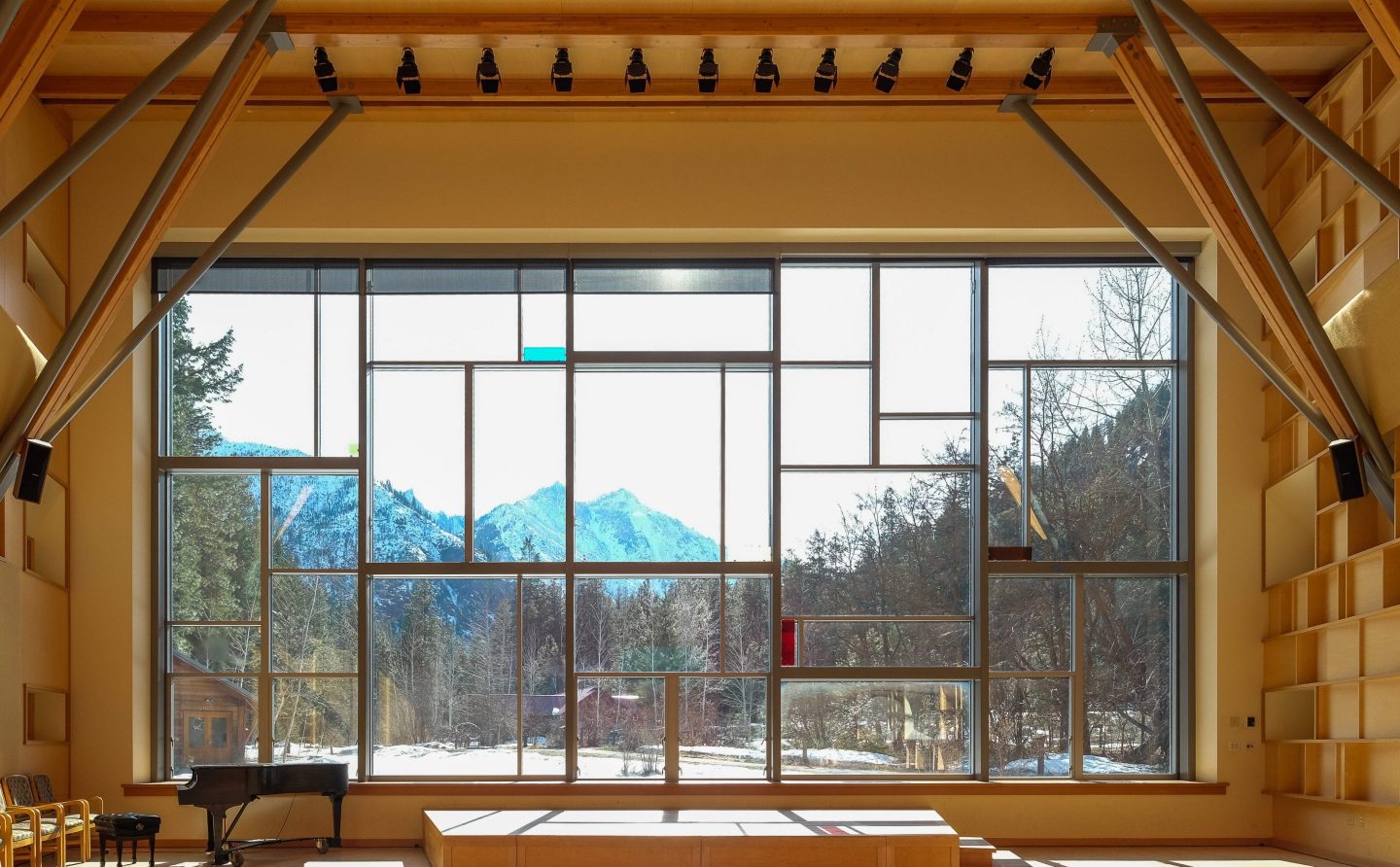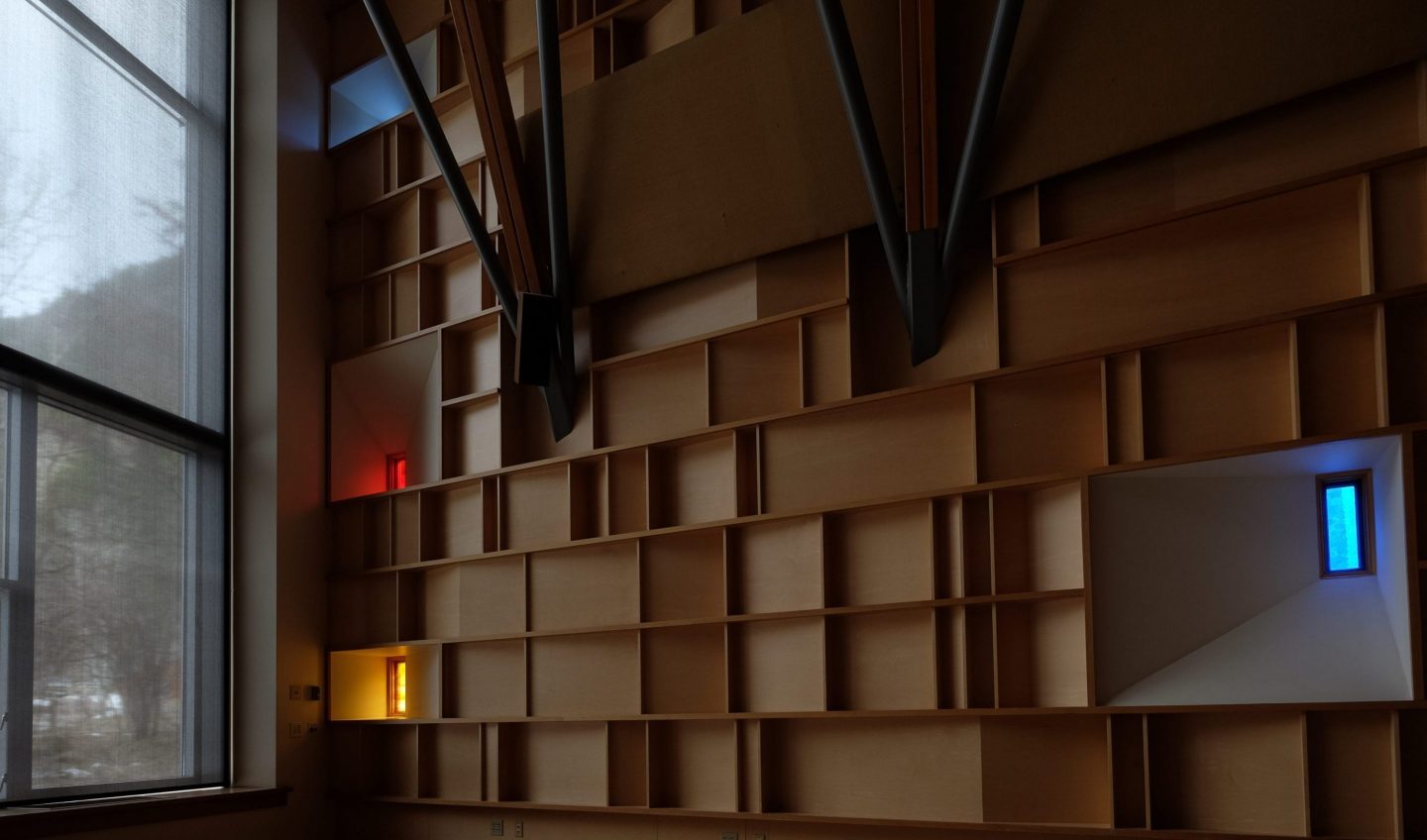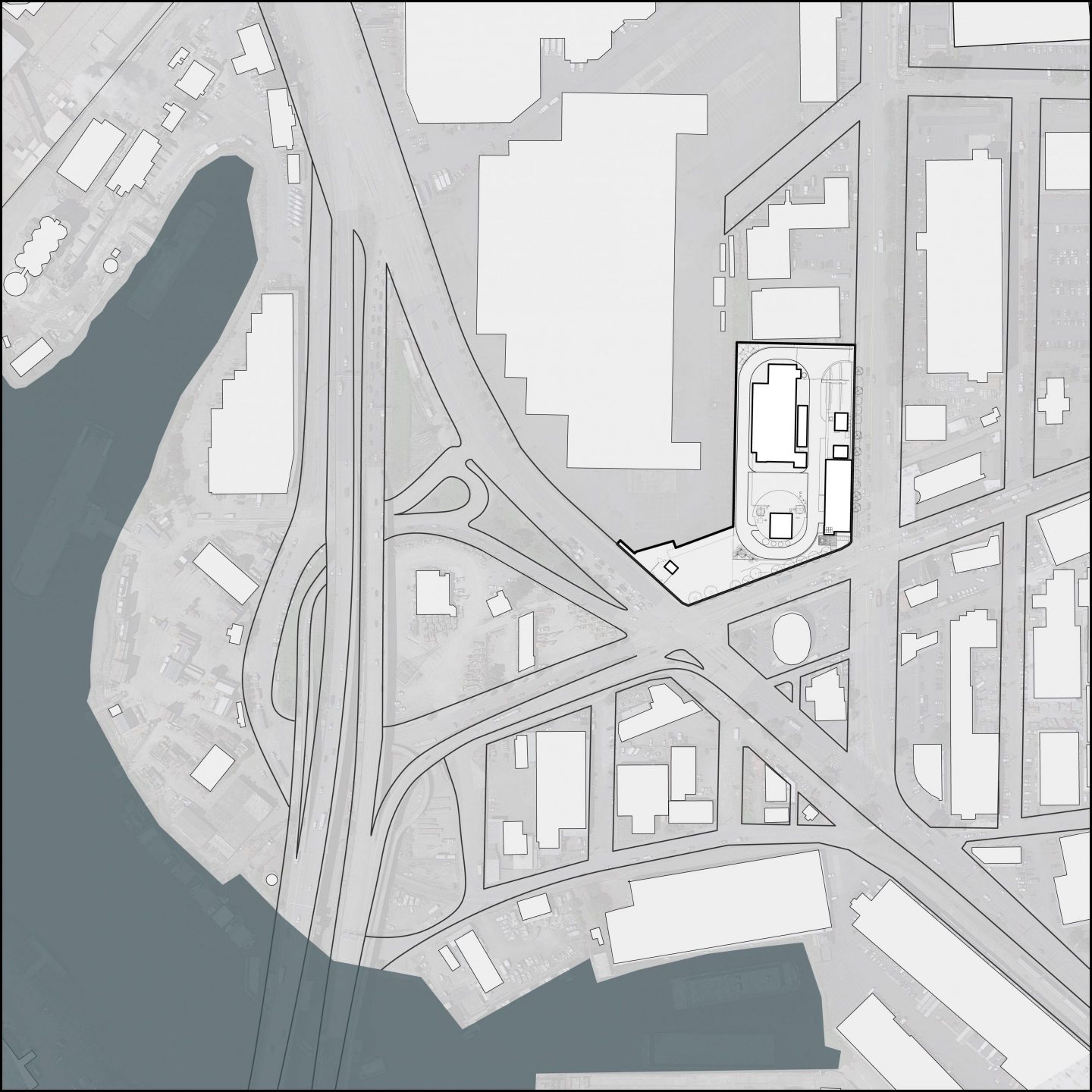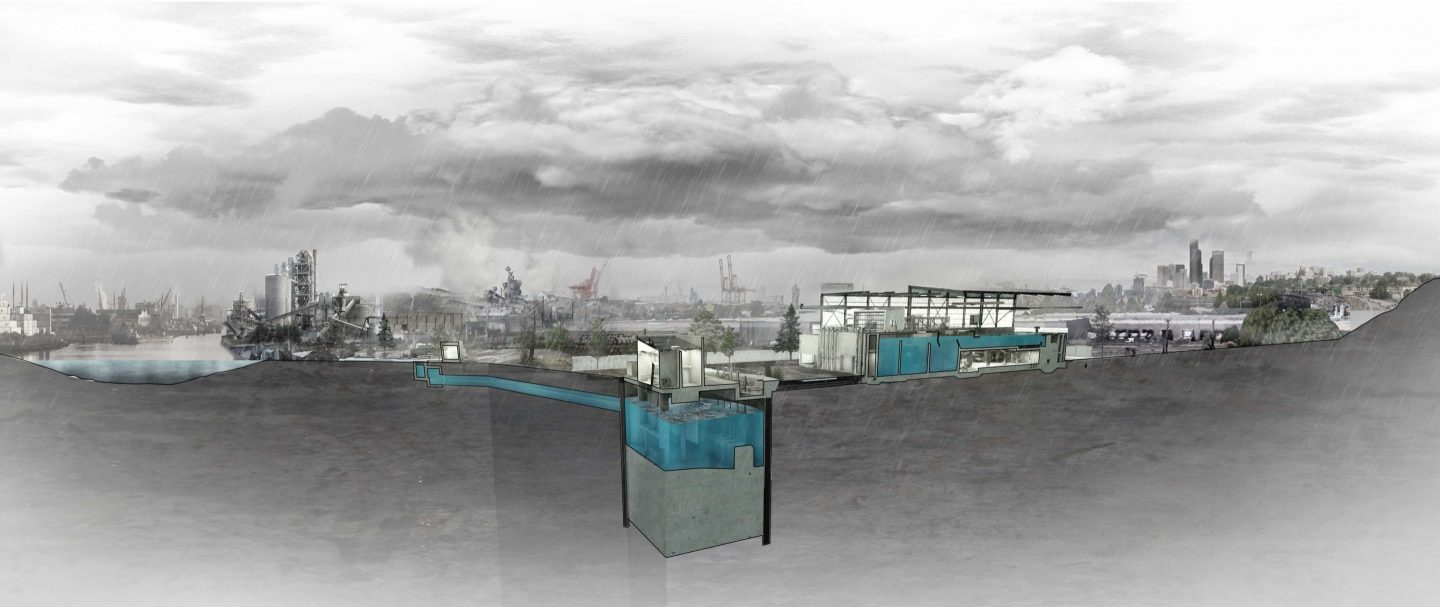Power of Place as a Design Tool
Site Specific Design Approach
In October, we were invited by ArchitectureMPS (Architecture, Media, Politics, and Society) to submit a presentation about our design process, where we use the Power of Place as a design tool at the heart of our site specific design approach. Click the image of Cottonwood to view the video, produced by our friends Kim Schwarzkopf and Clatter + Din.
The intrinsic character of a place – region, nature, character, and its people – can influence where design inspiration begins.
Site specific research reveals the technical and ephemeral components of a site as the first step in the design process. There are many right answers to a design prompt; aligning the response with the people and the place will enable a timeless, site specific design, in form, material, location, and function. These three projects of varying scales and locations explore how the voice of the place – the site forces – influenced the design.
Cottonwood Canyon Experience Center: A Marker of Time
Wasco, Oregon
Client: Oregon State Parks & Oregon State Parks Foundation
Through a slight twist, this facility that is inspired by barns of the region becomes a bridge between urban and rural communities through a place that is equally enclosed and open, indoors and out, and rooted firmly in history and the future.
As an exercise in restraint and endurance, Cottonwood Canyon Experience Center mirrors the site’s agricultural past to create a timeless gathering place. Adaptive to weather, group size, and occasion –from a wedding to a meeting of parks officials– the net-zero building sits within rather than upon the Canyon. It has taken cues from its place, and rests contently as an extension or continuation of the form, history, and specificity of the Canyon.
Icicle Creek Center for the Arts: Music of the Spheres
Location: Leavenworth, WA
Client: Icicle Creek Center for the Arts
Inspired by regional rock formations and historic agrarian farms, Icicle Creek Music Center is nestled into the Cascade foothills revealing views of the landscape to connect musicians and visitors alike to the natural world. This is a place where ephemera and rigor intertwine, where studies of music and history, emotion and structure inspired an architecture that celebrates math and light.
Canyon Wren Recital Hall features salvaged stained glass thoughtfully arranged to indicate the relationship between the major and minor key, with colors representing Pythagoras’ ‘Seven Spheres of Babylon’. The colors of the glass represent each planet—yellow is Saturn, blue is Earth, red is Mars, and so on—which reflect a stunning array of light into the Recital Hall and make the walls come to life at different times of the day. Jones and Jones, Architect or Record.
Georgetown Wet Weather Treatment Station: Theater of a Storm
Location: Seattle, WA
Client: King County Waste Treatment Division
Inspired by theater and hands-on learning, the facility is a machine built for the weather that makes the invisible action of cleaning stormwater visible.
The reframing of a treatment center as an engaging, bright element during the darkest days of a Seattle winter draws attention to a process often unseen. The history lies below the surface: Where nature used to do this work, an industrial array now protects the Duwamish River from the city’s runoff. The new facility turns infrastructure into theater by embracing the necessity of the work for the place, and drawing attention to it, making the history and ecology of the site more familiar to those passing by. Designed in association with Miller Hull and Jacobs Engineering.
We find that this approach to design is applicable at all scales. From a cabin or home to a workplace, production facility to an education canter, the voice of the place – through people, nature, and character can inspire and elevate lasting design.
Contact us to talk more about site specific opportunities for your project.
info@signalarch.com
206.772.4618
